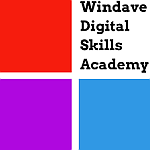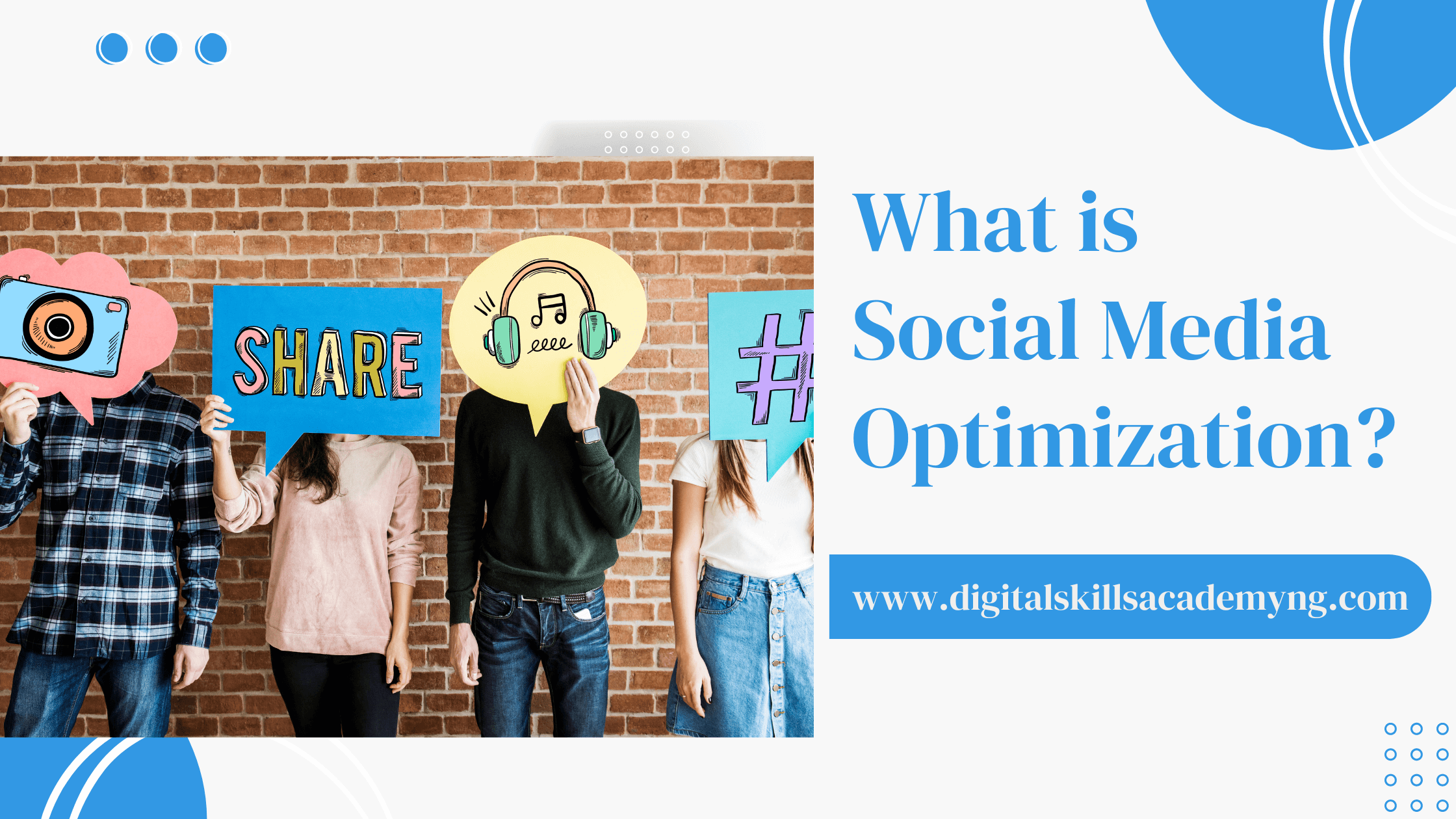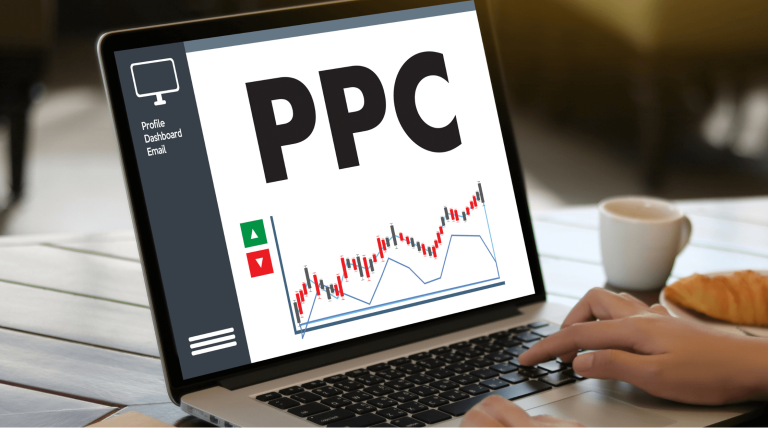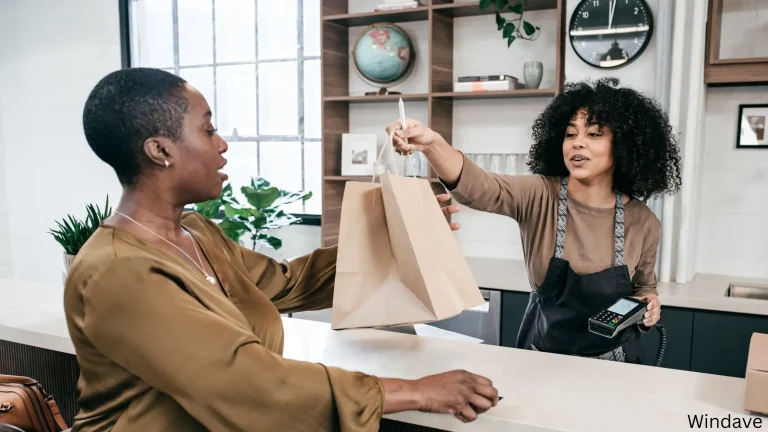In the digital age, social media has become an indispensable tool for businesses looking to reach a wider audience and engage with customers. However, more than merely having a presence on social media is required. To maximize the impact of your social media efforts, you need to focus on Social Media Optimization (SMO).
WHAT IS SOCIAL MEDIA MARKETING
Table of Contents
What is Social Media Optimization?
Social Media Optimization (SMO) is the strategic use of social media platforms to manage and grow an organization’s online presence. SMO involves crafting content and strategies that increase visibility, engagement, and brand awareness across various social media platforms.
SMO is akin to Search Engine Optimization (SEO) but focuses on social media channels rather than search engines. The ultimate goal is to create engaging content that encourages sharing and interaction, thus increasing the likelihood of viral content.
Popular Social Media Channels and Their Applications
Different social media channels serve varying purposes, and understanding their unique applications is critical to effective SMO. Here’s a look at some of the most popular platforms:
Application: With over 2.9 billion active users, Facebook remains one of the most powerful platforms for reaching a broad audience. It is ideal for sharing news and promotions and engaging with customers through comments, likes, and shares. Facebook Pages and Groups offer businesses opportunities to build communities around their brands.
Application: Instagram is a visually driven platform perfect for brands focusing on lifestyle, fashion, food, travel, and beauty. Its features, Stories, Reels, and IGTV allow businesses to showcase products, share behind-the-scenes content, and engage with followers through visually appealing posts.
- Twitter (X)
Application: Twitter (X) is the go-to platform for real-time updates, news sharing, and public conversations. It is particularly effective for brands looking to engage in trending topics, customer service, and brand building through concise, impactful messages (tweets) and hashtags.
Application: LinkedIn is a professional networking site ideal for B2B marketing, industry networking, and thought leadership. Companies use LinkedIn to share professional content, recruit talent, and build industry authority by publishing articles, sharing company news, and participating in professional groups.
- YouTube
Application: YouTube is the largest video-sharing platform and the second-largest search engine. It’s an excellent platform for brands to create educational content, product demonstrations, webinars, and tutorials. When optimized correctly, video content can significantly boost SEO and engagement.
Application: Pinterest is a visual discovery and bookmarking platform. It’s highly effective for brands in industries like fashion, food, DIY, and home decor. Businesses can use Pinterest to drive website traffic by creating visually appealing pins that link to content, products, or services.
- TikTok
Application: TikTok is a rapidly growing platform known for its short-form, creative videos. Brands targeting younger demographics can use TikTok to create viral content, participate in trends, and showcase products in a fun, engaging manner.
How to Optimize Content on Social Media Platforms
Optimizing content for social media involves several key strategies to ensure maximum visibility and engagement:
- Know Your Audience
Understanding your audience is the first step in creating content that resonates. Conduct research to identify your target audience’s demographics, interests, and behaviours. Use this data to tailor your content to their preferences.
- Use High-Quality Visuals
Visual content tends to perform better on social media. Invest in high-quality images, videos, and graphics that are visually appealing and relevant to your brand. Platforms like Instagram and Pinterest mainly demand high-quality visuals.
- Leverage Hashtags and Keywords
Hashtags and keywords help increase the discoverability of your content. Research relevant hashtags and incorporate them into your posts to reach a wider audience. On platforms like Twitter and Instagram, hashtags are crucial for connecting with users interested in specific topics.
- Post at Optimal Times
Timing is critical for maximizing engagement. Analyze your audience’s behaviour to determine when they are most active on social media. Use this information to schedule posts during peak engagement times.
- Engage with Your Audience
Social media is a two-way street. Respond to comments, messages, and mentions to engage with your audience. Active engagement fosters community and builds stronger relationships with your followers.
- Utilize Platform-Specific Features
Each social media platform offers unique features that can enhance your content. For example, use Instagram Stories for time-sensitive content, LinkedIn Pulse for long-form articles, and Twitter polls to encourage interaction.
- Analyze and Adjust
Review your social media metrics regularly to understand what’s working and what’s not. Use insights to refine your strategies and optimize future content for better performance.
Benefits of Social Media Optimization
Social Media Optimization offers several key benefits for businesses:
- Increased Brand Awareness
By optimizing your social media presence, you increase your brand’s visibility and make it easier for potential customers to discover your products or services.
- Higher Engagement Rates
SMO helps create more engaging content that resonates with your audience, leading to higher likes, shares, comments, and overall interaction.
- Improved Search Engine Ranking
Social signals like likes and shares can improve search engine rankings. Optimized social media profiles and content can drive traffic to your website, enhancing your SEO efforts.
- Better Audience Targeting
SMO allows you to tailor content to specific audiences, improving the effectiveness of your marketing campaigns. You can target different segments with personalized content, increasing the chances of conversion.
- Cost-Effective Marketing
Social media platforms offer cost-effective marketing opportunities, especially compared to traditional advertising. SMO can help you achieve significant results with a relatively small budget.
- Enhanced Brand Loyalty
Regular interaction with your audience through optimized content fosters trust and loyalty. Customers who feel connected to your brand will likely become repeat buyers and advocates.
Various Social Media Metrics
To measure the success of your Social Media Optimization efforts, it’s essential to track the right metrics.
Here are some key metrics to monitor:
- Engagement Rate
This metric measures the level of interaction your content receives, including likes, shares, comments, and clicks. A high engagement rate indicates that your content resonates with your audience.
- Reach
Reach refers to the total number of unique users who see your content. It’s a critical metric for understanding the size of your audience and the effectiveness of your content distribution.
- Impressions
Impressions measure the number of times your content is displayed, regardless of whether it was clicked on. They help gauge the visibility of your content.
- Click-Through Rate (CTR)
CTR measures the percentage of users who clicked on a link in your post relative to the total number of impressions. It’s an essential metric for evaluating the effectiveness of your calls to action.
- Follower Growth
Tracking the growth of your followers over time helps you understand the impact of your SMO efforts in attracting and retaining a larger audience.
- Conversion Rate
This metric tracks the percentage of social media interactions resulting in a desired action, such as signing up for a newsletter, purchasing, or filling out a form.
- Social Share of Voice (SSoV)
SSoV measures how much your brand is being talked about on social media compared to your competitors. It’s a valuable metric for understanding your brand’s position in the market.
- Customer Satisfaction Score (CSAT)
CSAT measures customer satisfaction with your brand’s social media interactions. It’s often gathered through surveys or feedback forms and is crucial for assessing customer sentiment.
Conclusion
Social Media Optimization is an essential component of a successful digital marketing strategy. Understanding the unique applications of different social media channels, optimizing your content, and tracking key metrics can significantly enhance your brand’s online presence, drive engagement, and achieve your business goals.
Whether a small business or a large corporation, investing in SMO is a powerful way to connect with your audience and stay ahead in the competitive digital landscape.
Our certified Digital marketing course will teach you how to optimize social media for all your channels. Also, it helps you provide digital marketing strategies, develop a customer retention plan, and research all the key marketing channels to leverage them to engage your customers and grow your business. What are you waiting for?




